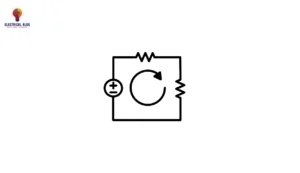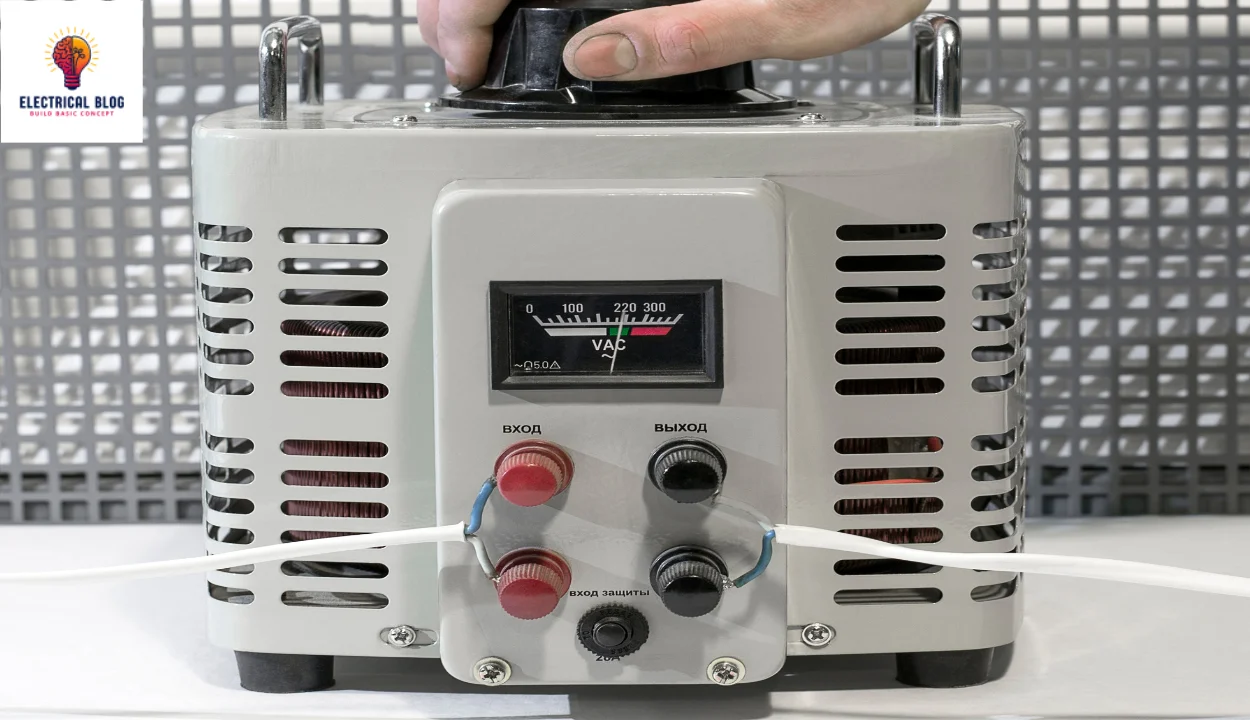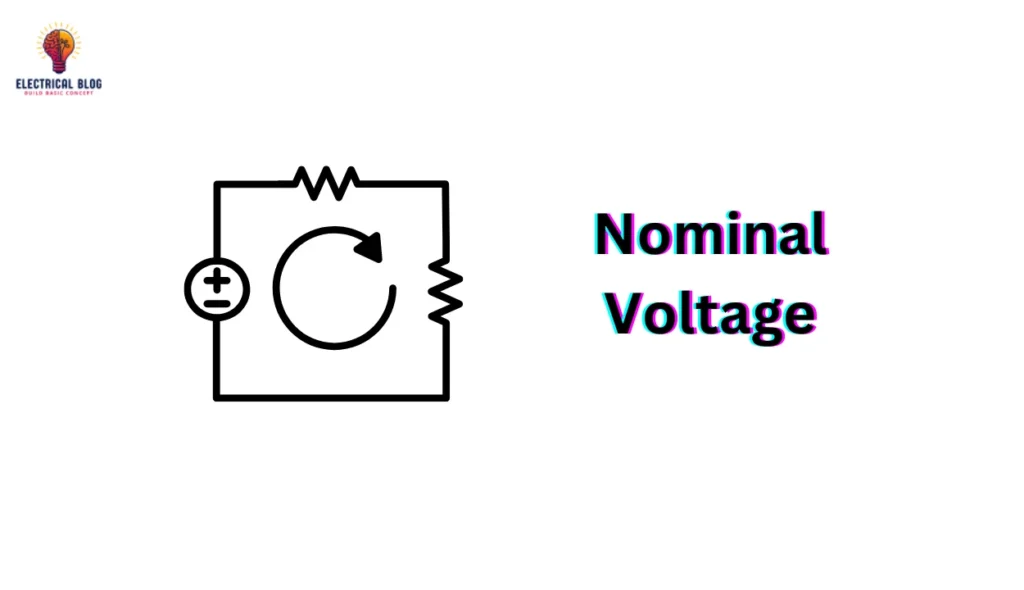Introduction
Nominal voltage is a fundamental concept in electrical power systems, defining the standard voltage level for which equipment and circuit breakers are designed to operate. It serves as a reference point, ensuring compatibility between electrical devices and the supply voltage. While nominal voltage is often a rounded value, the actual voltage applied may vary within a safe operating range. Knowing the difference between nominal voltage, rated voltage, and operating voltage is key. This understanding helps ensure reliable operation and prevents damage to power lines, batteries, and other electrical systems.
What is the nominal voltage?
When working with electrical power systems, the term nominal voltage refers to the voltage value assigned to an electric circuit or system. It serves as a reference point to define the voltage class of a network, ensuring smooth system operation. For instance, in a power system, there are typical nominal voltages like 440 V, 3.3 kV, 6.6 kV, 11 kV, 33 kV, 66 kV, 132 kV, 220 kV, 400 kV, and 765 kV, each playing a key role in different applications.
A designer must consider the nominal voltage rating when creating electrical equipment to match the system voltage. While the actual voltage may fluctuate, a tolerance of ±10% is generally allowed for safety reasons. This means an electrical device can function within a range of voltages, ensuring satisfactory operation even when there are minor fluctuations. The named voltage value helps manufacturers standardize components for various electrical systems.
In practice, nominal voltage is a voltage reference used for describing the ratings of electrical devices and the supply system to which they connect. It defines an approximate voltage level that a connected device is designed for, though it may differ from the referred voltage during device operation. Understanding this helps ensure compatibility across components, improving efficiency and reliability in any system voltage setup. You can also read “How to read nominal voltage.”

What is the rated voltage?
The rated voltage of electrical equipment is the maximum voltage at which it is designed to operate safely and reliably. It ensures the equipment delivers its expected performance without getting damaged. The voltage tolerance range is carefully set so that the operating voltage lies within the chosen range. This ensures the device remains stable even if the voltage fluctuates slightly.
Every nameplate on electrical equipment displays its rated voltage, such as a 1-phase induction motor labeled 240 V ± 10%. This means the motor can function safely within the voltage range of 216 V to 264 V and still work reliably. The rated voltage is always set greater than the nominal voltage to prevent failure due to minor variations in the power line.
The difference between the rated voltage and nominal voltage must be large enough for engineers to easily analyze fluctuations. This ensures that the system voltage remains stable under changing conditions. The maximum value at which a device can operate safely without harm is always referred to as its rated voltage. You ca also read dc voltage.
What is the operating voltage?
The operating voltage is the actual value of the supply voltage that is applied to the equipment terminals. It refers to the voltage at which the equipment is operated during normal use. To maintain efficiency, it must be measured using voltage-measuring devices such as voltmeters and multimeters to ensure stability.
For a safe, reliable, and economical operation, it must be ensured that the operating voltage does not exceed the rated voltage. If it goes beyond or falls outside the range, the performance of the equipment can be adversely affected, leading to potential damage or failure.

Nominal Voltage vs Rated Voltage
Understanding the difference between nominal voltage and rated voltage is important when working with an electrical power system. While both define voltage levels, they serve different purposes in three-phase systems and electrical devices. The table below highlights key differences for better clarity.
| Aspect | Nominal Voltage | Rated Voltage |
|---|---|---|
| Definition | The standard voltage level for an electrical power system. | The highest voltage at which electrical equipment can function safely. |
| Purpose | Used for defining the system voltage of three-phase systems. | Specifies the limit for safe operation of a device. |
| Where it Applies | Common in power lines and external lines of distribution systems. | Found in electrical equipment such as a circuit breaker. |
| Voltage Variation | Subject to variations due to load changes. | Remains within a fixed voltage range under a stable condition. |
| Impact on Devices | Does not define the operation of a specific device. | Ensures reliability and prevents endangering the life of the equipment. |
| Device Design Consideration | Considered while designing the device for use in a switching device. | A designer sets a voltage safety margin to ensure safe operation. |
| Circuit Breaker Relevance | The nominal voltage is what a circuit breaker is designed to be used for. | The rated maximum voltage is above the nominal voltage and defines the upper limits. |
| Measured In | Standard value depicted in system design. | Measured in kV RMS, ensuring proper operation of devices. |
| Operational Flexibility | Acts as a general reference but is not an absolute limit. | The device must operate within the range to interrupt safely without unnecessary arcing. |
| Insulation System Impact | The insulation system varies based on the nominal voltage. | The rated voltage depends on insulation properties to avoid failure. |
Nominal Voltage vs Operating Voltage
Understanding the difference between nominal voltage and operating voltage is important for the reliable working of equipment in a power system. While both relate to voltage, they serve different purposes in electrical devices. The table below presents a clear comparison.
| Aspect | Nominal Voltage | Operating Voltage |
|---|---|---|
| Definition | The standard voltage for which a system is designed. | The actual voltage applied to the equipment terminal during operation. |
| Purpose | Defines the general working level of a system. | Ensures the equipment is being operated within the range of its rated voltage. |
| Measurement | A reference value used in system design. | Measured using a multimeter to check the exact voltage. |
| Impact on Equipment | Does not directly affect performance but is a design parameter. | If the operating voltage is greater or lower than the rated voltage, equipment performance is affected. |
| Relation to Rated Voltage | Usually lower than the rated voltage to allow safety margins. | Must be within the range of the rated voltage for reliable working. |
| Example Values | A power system may have a nominal voltage of 132 kV. | The operating voltage can be in the range of 118.8 – 145.2 kV as per the rated voltage of 132 kV +/- 10 %. |
| Use in Circuit Breakers | Defines what a circuit breaker is installed to support. | Ensures the circuit breaker follows its specifications and works correctly. |
| Effect of Variations | Voltage changes in supply but does not immediately impact devices. | If not within the range, the operation of equipment may fail. |
| Practical Example | Used as a design parameter in a system’s electrical power factor formula and definition. | The concluding example of a circuit breaker shows how variations can affect operation. |
What is the nominal voltage of a battery?
A battery is an electrochemical device that generates a voltage potential by placing metals with various affinities in an acid solution. The actual voltage of a 1.5-volt battery might be 1.62 V, but it is commonly referred to as having a nominal voltage of 1.5 V. A DC 12V label on a 12V battery means it can be fully charged at 13.7 Vdc or discharged at 10 Vdc while still being called 12 V.
Conclusion
Knowing nominal voltage, rated voltage, and operating voltage is key. This helps keep electrical equipment safe and reliable. Nominal voltage is a standard reference in power systems. Rated voltage is the highest voltage a device can safely manage. Operating voltage is the actual voltage used with the device. These ideas help engineers create systems that work well with expected voltage changes. This prevents damage and keeps things efficient. Measuring with tools like multimeters is key. Also, consider voltage safety margins in circuit breakers and batteries. This helps keep power systems stable.



